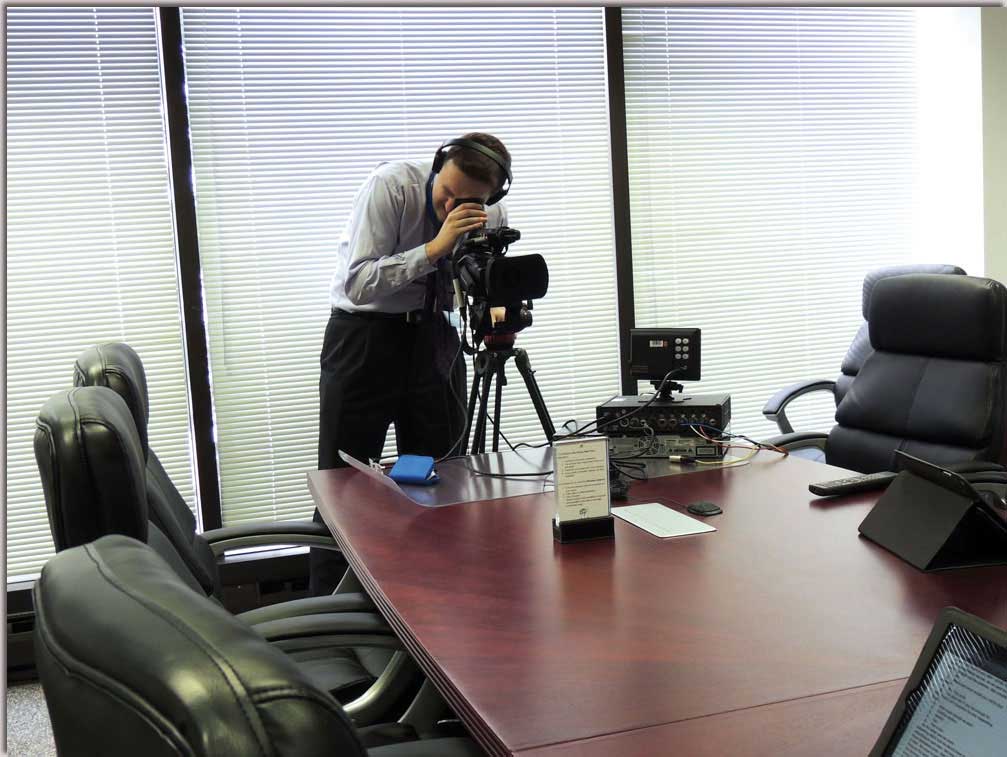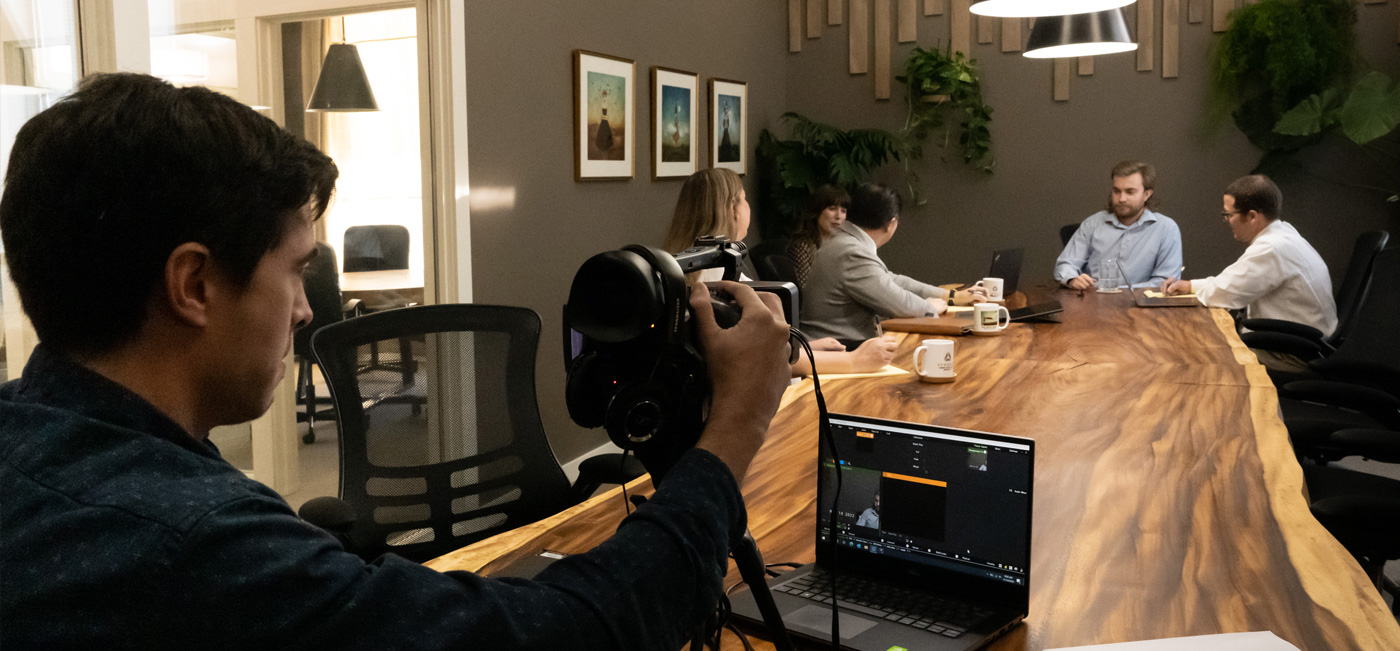Why Legal Videography is Necessary for Accurate Legal Paperwork
Why Legal Videography is Necessary for Accurate Legal Paperwork
Blog Article
Delving Into the Devices of Lawful Videography: Unveiling Its Procedure in Safeguarding Genuine Aesthetic Testimony for Judicial Process
In the realm of judicial process, the duty of legal videography stands as a keystone in preserving and offering visual evidence. As innovation remains to advance, the mechanisms behind legal videography have come to be progressively detailed, offering an important layer of authenticity to testaments caught on video clip. By delving right into the operational intricacies of legal videography, one can discover the meticulous processes that secure the integrity of visual evidence presented in courts - Legal Videography. This expedition not only drops light on the historical development of legal videography yet additionally means the future patterns that may additionally change exactly how visual statements are maintained in the world of justice.
Historical Development of Legal Videography
Examining the historical progression of lawful videography exposes a significant improvement in the recording and presentation of aesthetic proof within the legal landscape. In the past, lawful process heavily depended on written transcripts and pictures to record occasions and offer proof. With the introduction of video innovation, the lawful industry observed a paradigm shift in how aesthetic testimony was caught and offered.
The development of legal videography can be mapped back to the late 20th century when developments in video recording devices made it more obtainable for use in courts. This technological improvement not only enhanced the precision and integrity of visual evidence but additionally reinvented the means cases existed to juries and judges (Legal Videography). Lawyers began to acknowledge the influential power of video recordings in sharing feelings, nuances, and non-verbal signs that written photos or records alone might not catch properly

Technology Advancements in Video Paperwork
What key technological innovations have changed video clip documentation in the lawful area? The legal area has actually seen substantial advancements in video paperwork innovation that have enhanced the credibility and dependability of visual proof in judicial procedures.
Moreover, innovations in video file encryption and watermarking modern technologies have boosted the protection and tamper-proof nature of video evidence, protecting it against unapproved modifications or meddling. Furthermore, the development of cloud storage space options and remote accessibility capacities has structured the storage, access, and sharing of video clip proof, promoting smooth cooperation among attorneys and guaranteeing reliable access to critical aesthetic statements when required. These technological advancements in video clip documentation have actually certainly transformed the legal field, improving the precision, integrity, and admissibility of aesthetic evidence in judicial procedures.
Role of Legal Videographers in Courtroom Setups
The development of video clip documents technology in the lawful area has actually required a critical duty for lawful videographers in courtroom setups, ensuring the integrity and dependability of aesthetic statements presented throughout judicial process. Legal videographers play a basic role in capturing and maintaining exact visual evidence that can be essential in lawsuit. Their obligation encompasses establishing up tools, videotaping additional info process, and generating high-grade videos that accurately reflect the occasions in the court room.
In court room settings, legal videographers must stick to rigorous standards and criteria to preserve the credibility of the aesthetic record. They must possess a keen eye for information and a thorough understanding of legal treatments to ensure that the footage they capture is a real depiction of the events that transpired. In addition, lawful videographers usually function carefully with lawful teams to make sure that the video evidence aligns with the situation's requirements and can be properly presented in court to support the legal disagreements being made. On the whole, the role of legal videographers in court room settings is crucial in promoting the concepts of justice and ensuring the openness of legal procedures.

Ensuring Admissibility and Stability of Video Clip Proof
To keep the reputation of visual proof offered in legal proceedings, guaranteeing the admissibility and honesty of video proof is a critical duty for legal videographers. Admissibility describes the acceptance of evidence by visit the site the court, and for video clip proof to be acceptable, it has to fulfill certain standards. Legal videographers play a crucial duty in making sure that the videos they record follow the guidelines of proof, such as integrity, importance, and authenticity.
Honesty of video evidence includes preserving the creativity and precision of the video from the time it is recorded until it is presented in court. This includes safely saving the video clip documents, documenting the chain of protection, and stopping any type of meddling or changes. Lawful videographers need to follow rigorous protocols to ensure the integrity of the video proof and protect against any kind of challenges to its authenticity.
Future Trends in Legal Videography
Given the increasing reliance on innovation in lawful procedures, legal videographers are poised to accept ingenious developments shaping the future of visual testimony capture and discussion. One of the prominent trends coming up is the integration of digital fact (VIRTUAL REALITY) and boosted truth (AR) modern technologies into lawful videography. These innovations have the prospective to reinvent exactly how visual proof exists in court rooms, enabling courts and juries to immerse themselves in the scene of the crime or occurrence.
In addition, the usage of expert system (AI) algorithms for video clip analysis is expected to streamline the procedure of evaluating and examining huge amounts of video clip footage. AI can assist in determining essential minutes, abnormalities, and patterns within video clips, boosting the effectiveness of legal investigations.

Final Thought
Finally, legal videography has played a crucial duty in giving genuine aesthetic proof for judicial procedures. With technological developments and the know-how of legal videographers, the honesty and admissibility of video clip proof are made certain in courtroom settings. As legal videography remains to advance, it will certainly be essential to copyright criteria that maintain the precision and integrity of aesthetic testimony for the future of legal procedures.
Taking a look at the historical development of lawful videography discloses a considerable improvement in the capturing and presentation of aesthetic proof within the legal landscape.The development of video paperwork modern technology in the lawful area has actually required a critical role for legal videographers in court settings, guaranteeing the integrity and dependability of visual statements provided throughout judicial process. Furthermore, lawful videographers often function closely with lawful teams to make sure that the video evidence aligns with the situation's needs and can be efficiently provided in court to sustain the legal disagreements being made.To keep the integrity of aesthetic evidence offered in legal process, making certain the admissibility and stability of video proof is a crucial obligation for lawful videographers. As legal videography proceeds to progress, it will certainly be essential to maintain criteria that maintain the precision and reliability of visual testament for the future of lawful procedures.
Report this page